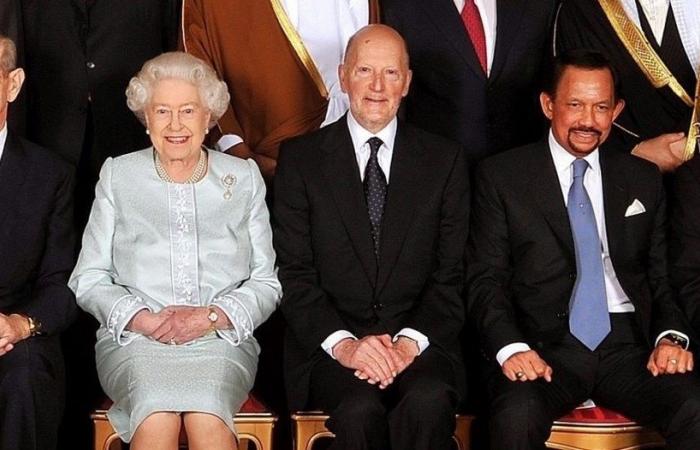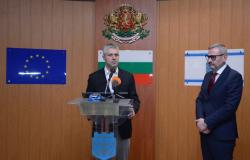Queen Elizabeth II is a fifth cousin of the children of Simeon of Saxe-Coburg.
Although Simeon of Saxe-Coburg-Gotha is 11 years younger than the queen, he seems like an “uncle” to her.
It all starts with the ambitious German Duke Franz Saxe Coburg Saalfeld. He was born in 1750 in Coburg. His second marriage was to Augusta Royce Ebersdorf. They have nine children with her. Among them are the mother of Queen Victoria of England, also named Victoria, the grandfather of King Ferdinand of Bulgaria, also named Ferdinand, and King Leopold of Belgium. Duke Franz is far-sighted and wants good marriages for his children.
Thus, in 1818, his daughter Victoria Saxe Coburg Saalfeld / meanwhile, from 1826 the duchy was called Saxe Coburg Gotha/ married the fourth son of the English King George III – Edward. And here fate turns. First, George III was succeeded by his eldest son, George IV. Then by his third son – William. William has no living legal heirs and when he dies, the throne is inherited by Queen Victoria – daughter of the already deceased fourth son Edward, reports BNT.
But let’s see what happens to the son of Duke Franz – Duke Ferdinand, brother of Queen Victoria’s mother. He served in the Austro-Hungarian army, lived in Vienna and married the Hungarian aristocrat Maria Antonia Kochary. Among his children is Prince Augustus, who was also a soldier in the Austrian service and father of our Tsar Ferdinand of Bulgaria. That is, Victoria Saxe Coburg Saalfeld and Duke Ferdinand are brother and sister. Queen Victoria and Prince August are first cousins.
We continue with the genealogy.
Queen Victoria of England has nine children. Her second child and first son was the future King Edward VII. Prince Augustus married the daughter of the French King Louis-Philippelle, Princess Clementine. Their youngest child is Tsar Ferdinand Bulgarian. He was born in 1861 in Vienna, in 1887 he was elected a Bulgarian prince, and in 1908 he became the king of Bulgaria. Thus King Edward VII and King Ferdinand are second cousins.
King Edward VII is married to Princess Alexandra of Denmark, they have six children. Crown Prince and eldest son Prince Albert Victor died young and his brother George V succeeded to the throne.
In 1894, the future Tsar Boris III was born from the marriage of King Ferdinand with Maria-Louise Bourbon-Parma. Thus, King George V, the grandfather of Queen Elizabeth II, is a third cousin of Tsar Boris III.
King George V was succeeded on the throne by his eldest son – Edward VIII. However, he was king for a short time, as he abdicated the throne due to his marriage to American divorcee Wallis Simpson. The throne in 1936 was occupied by the second son, the father of Queen Elizabeth II, King George VI.
Meanwhile, in Bulgaria, in 1937, from the marriage of Tsar Boris the Third and Joanna of Savoy, Tsar Simeon the Second was born. Thus King George VI and King Simeon II are fourth cousins.
Or the children of Simeon of Saxe-Coburg – Kardam, Cyril, Kubrat, Konstantin-Asen and Kalina are fifth cousins of Queen Elizabeth II. The two dynastic lines diverge in time, and although Simeon of Saxe-Coburg-Gothia is 11 years younger than the queen, he seems like an “uncle” to her.
Thus ends this walk through the history of one of the most famous aristocratic families in Europe – Saxe-Coburg Gotha. Since the marriage of Queen Victoria to her first cousin Albert Saxe Coburg Gotha, the English kings have been of this surname. In 1917, it was changed to Windsor /after the name of a royal residence/ because of the war with Germany. So the Queen’s last name is Windsor. So is King Charles the Third.






